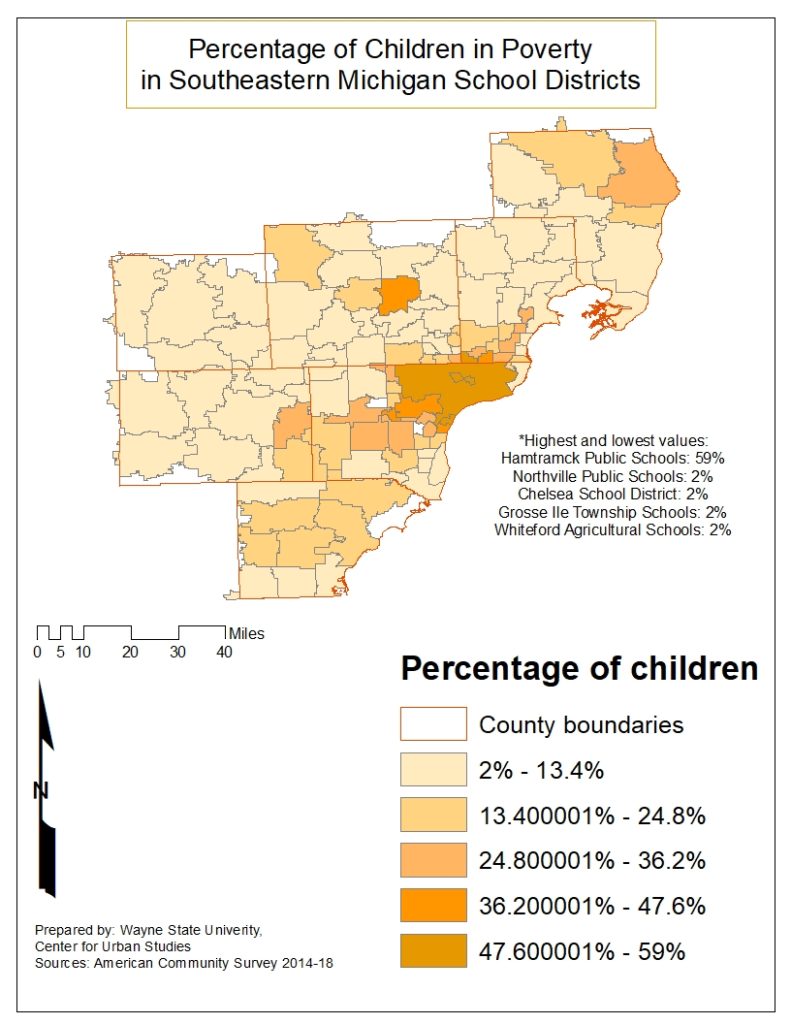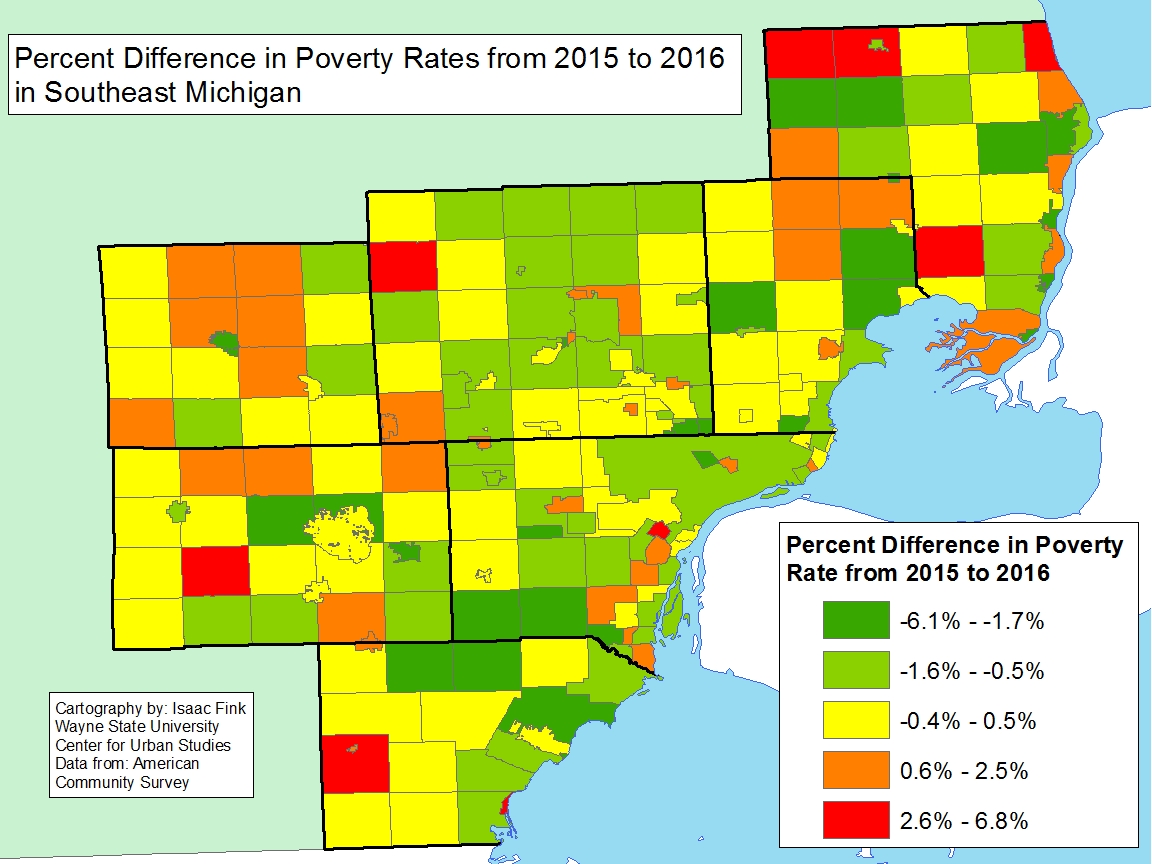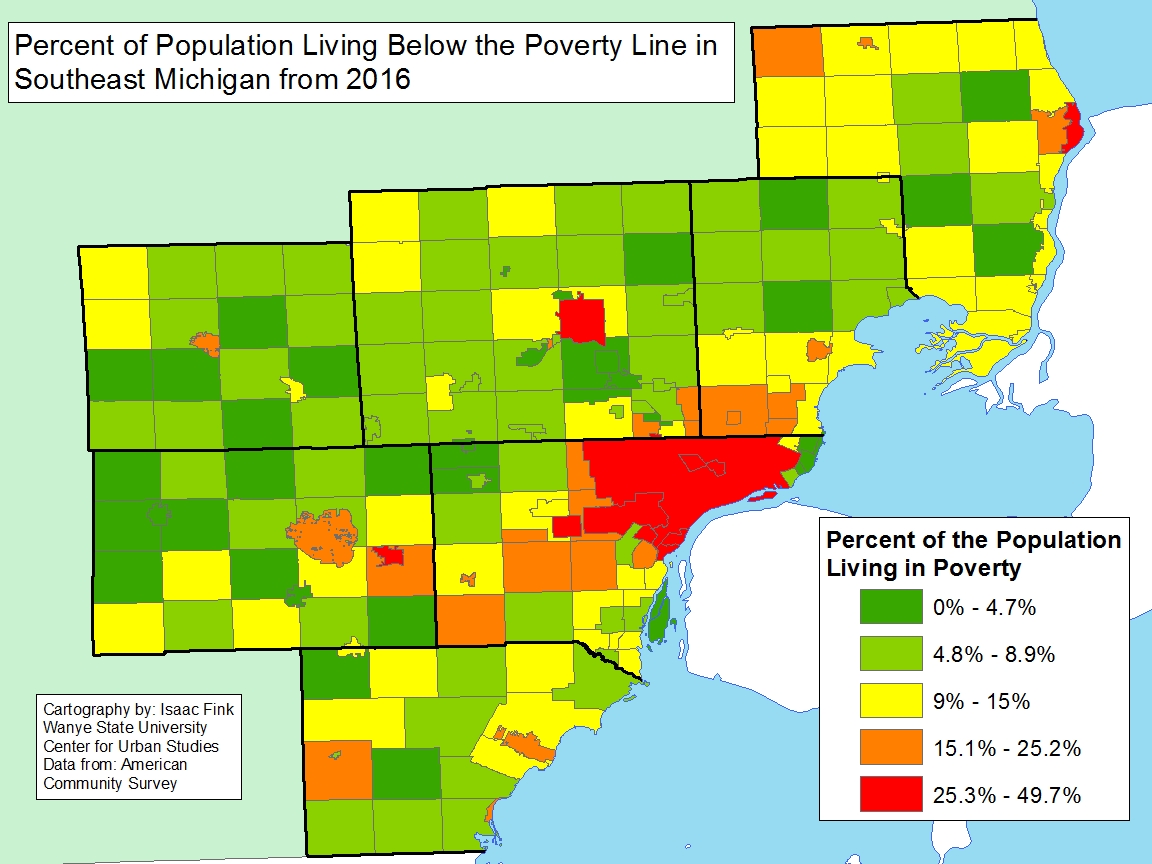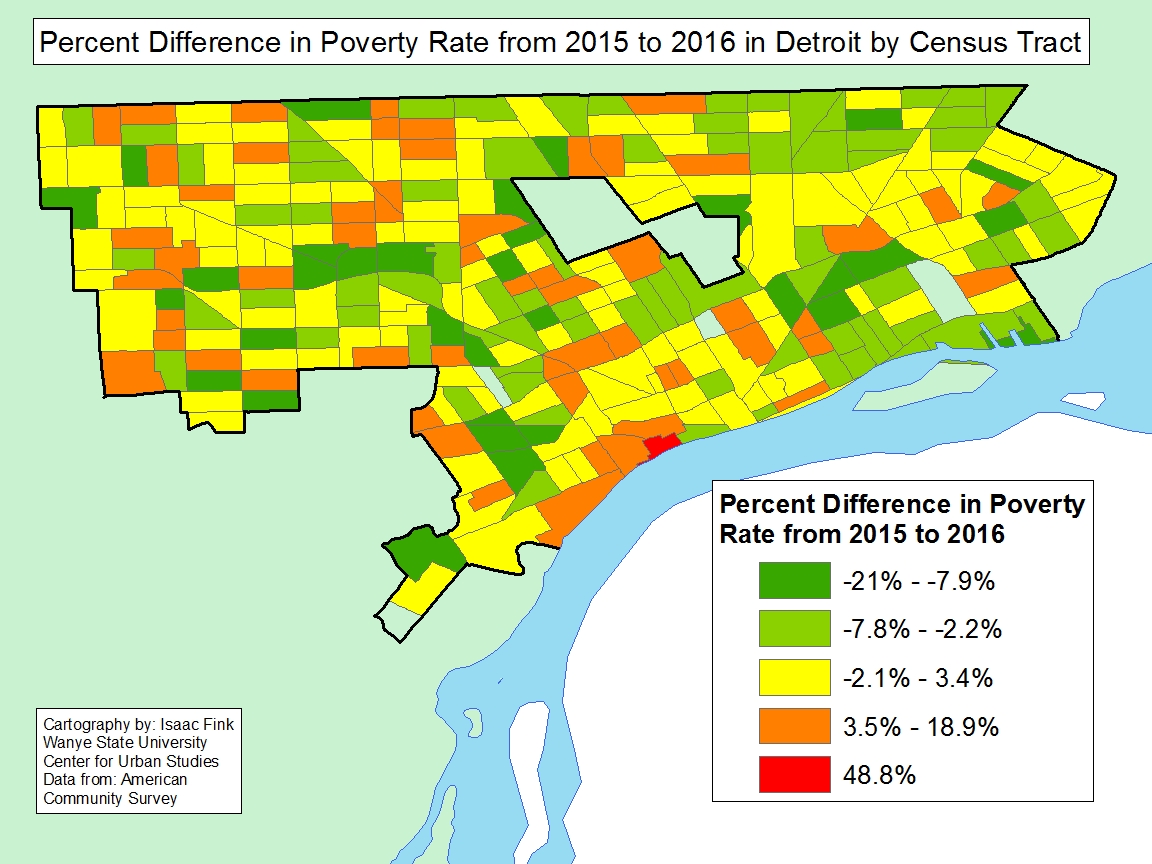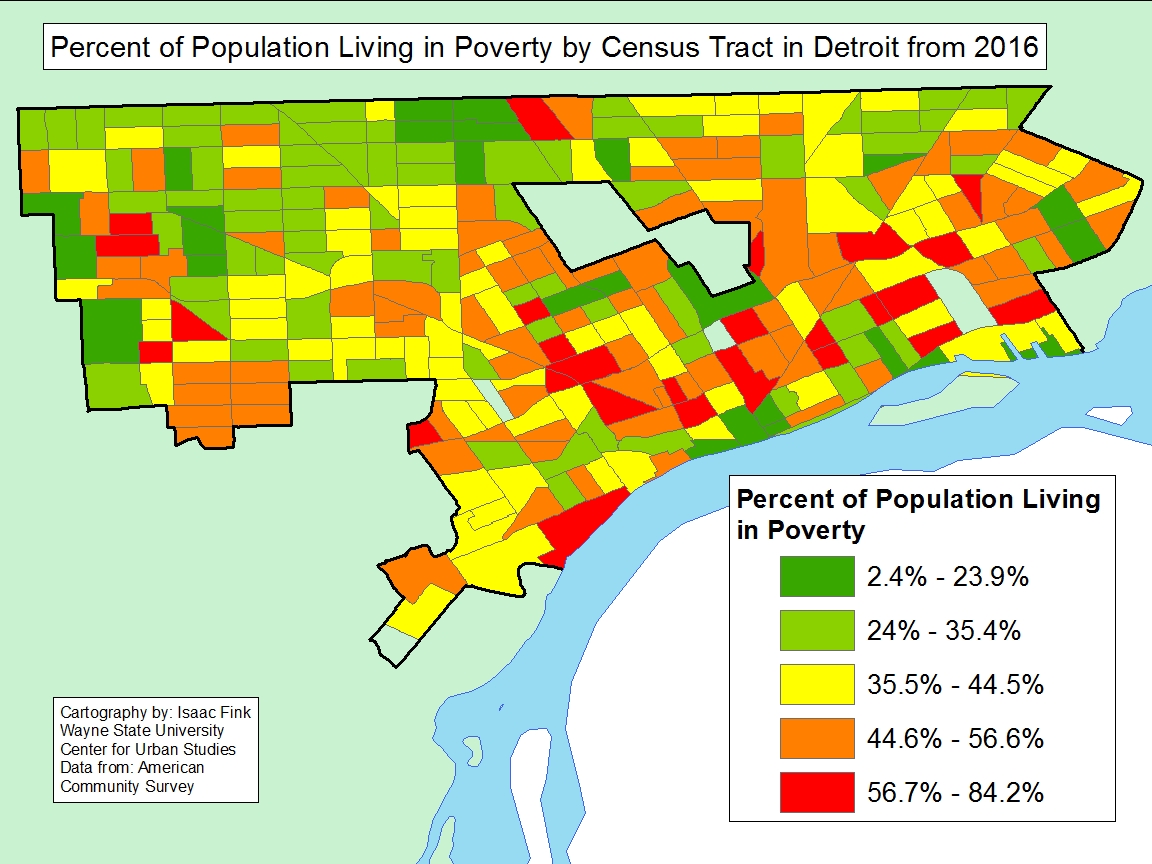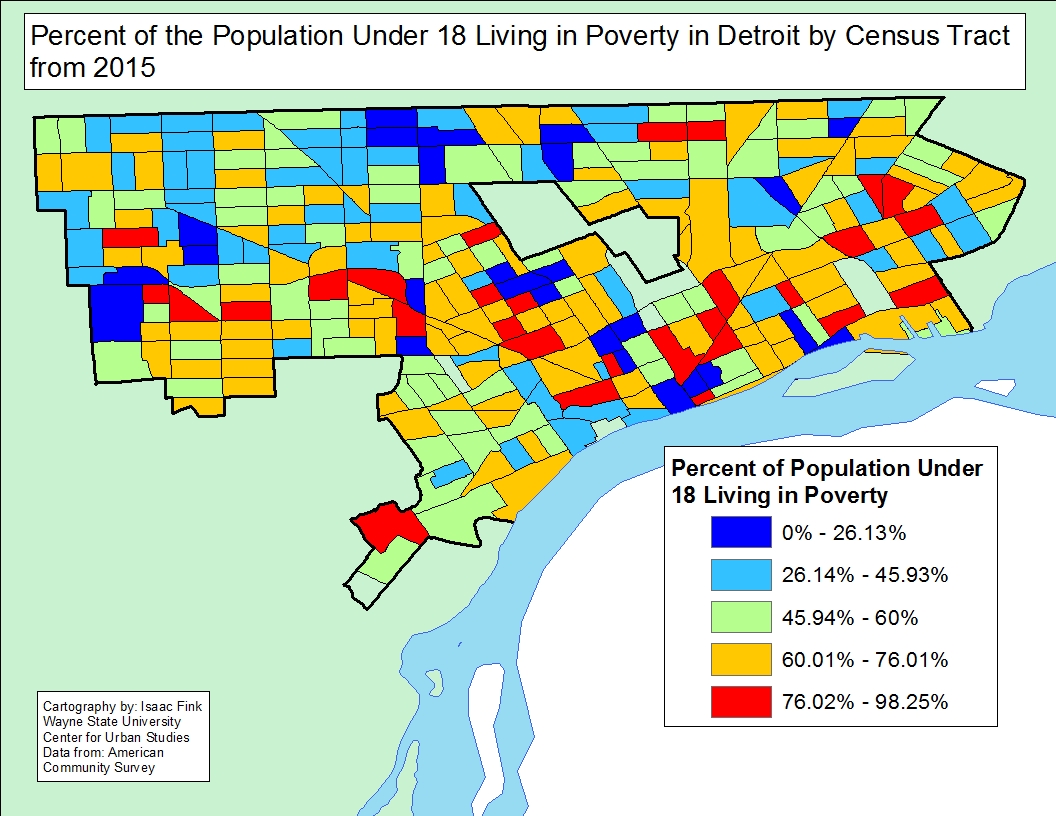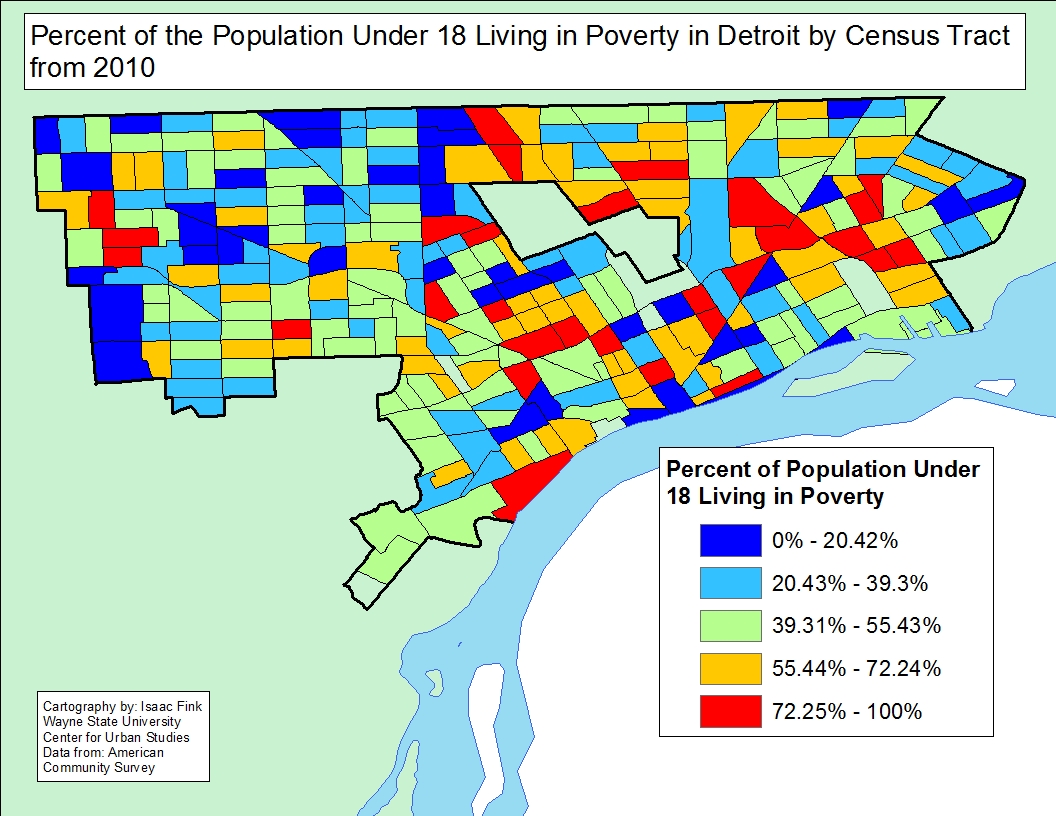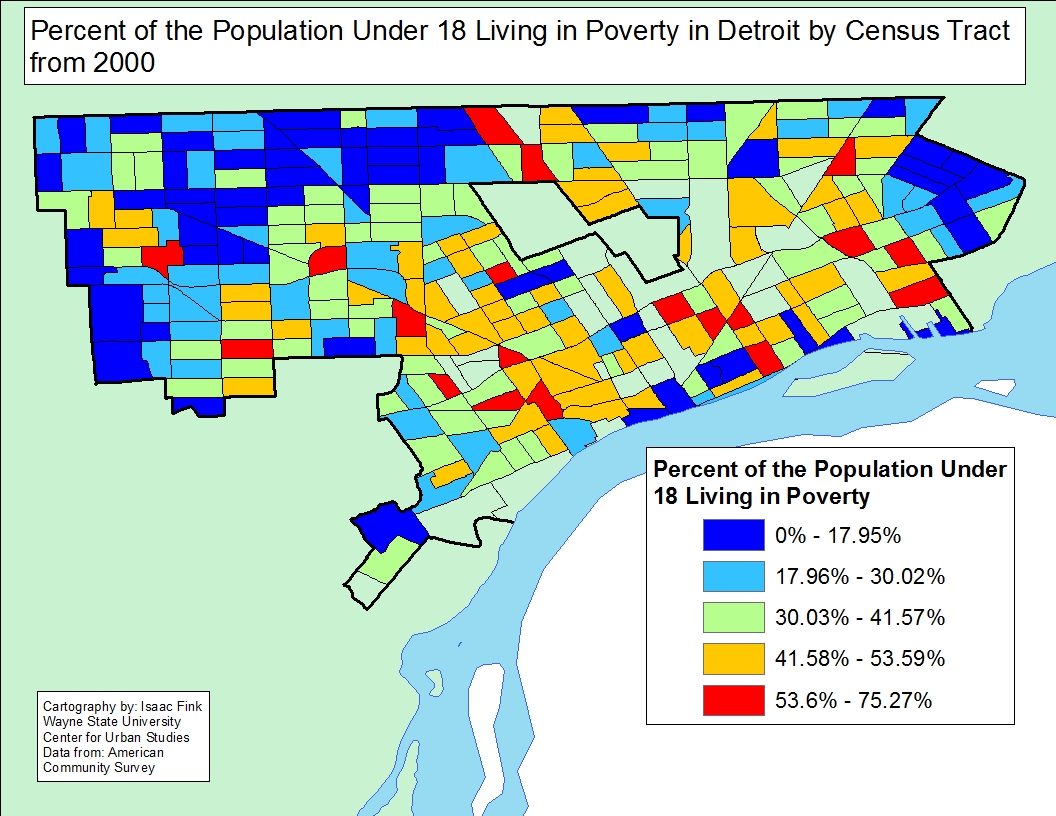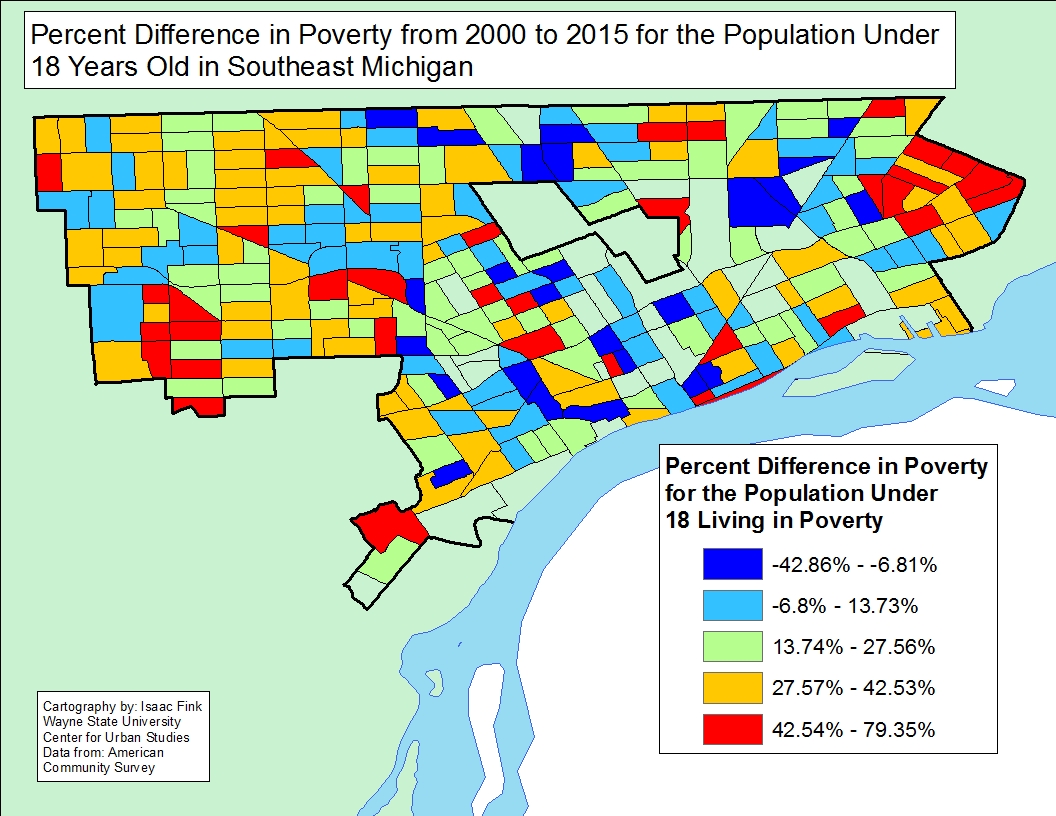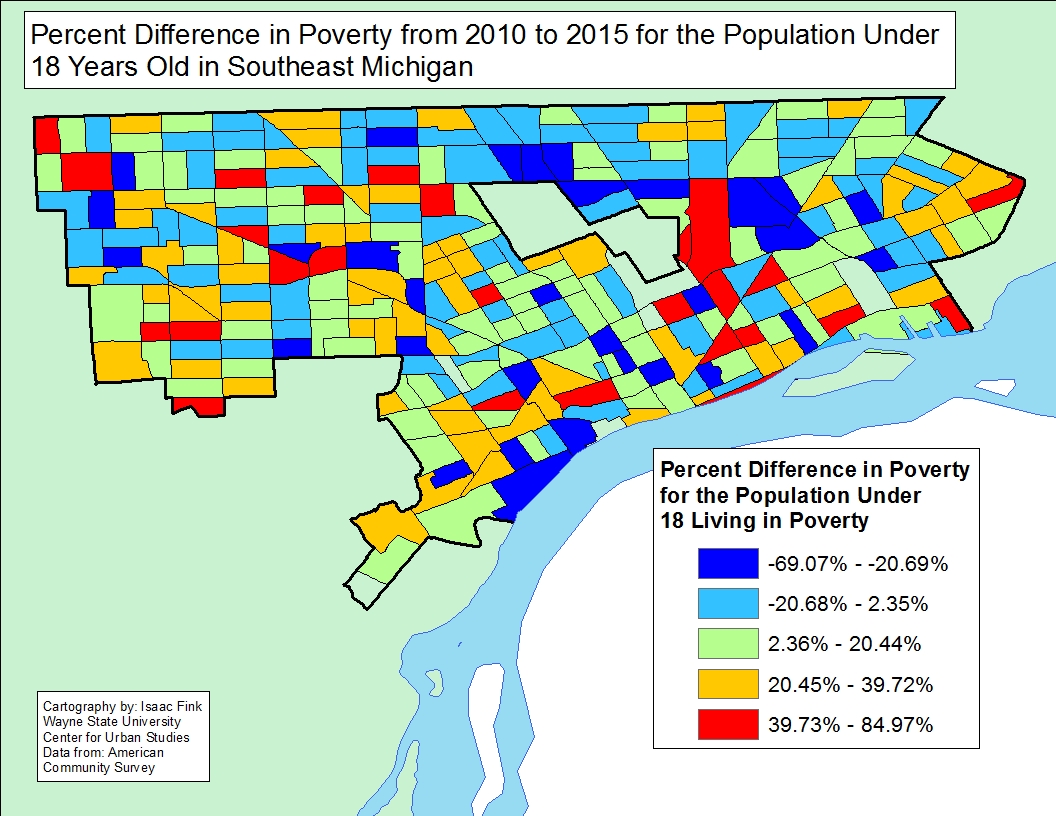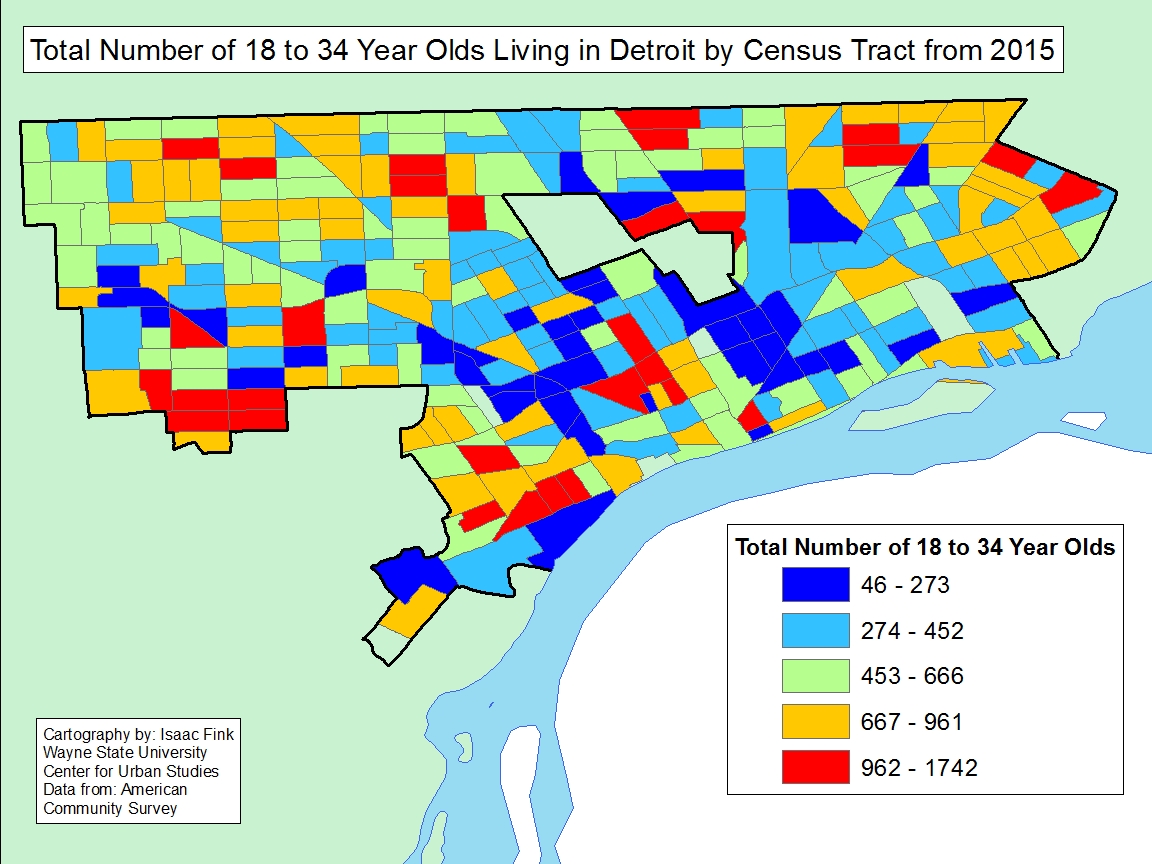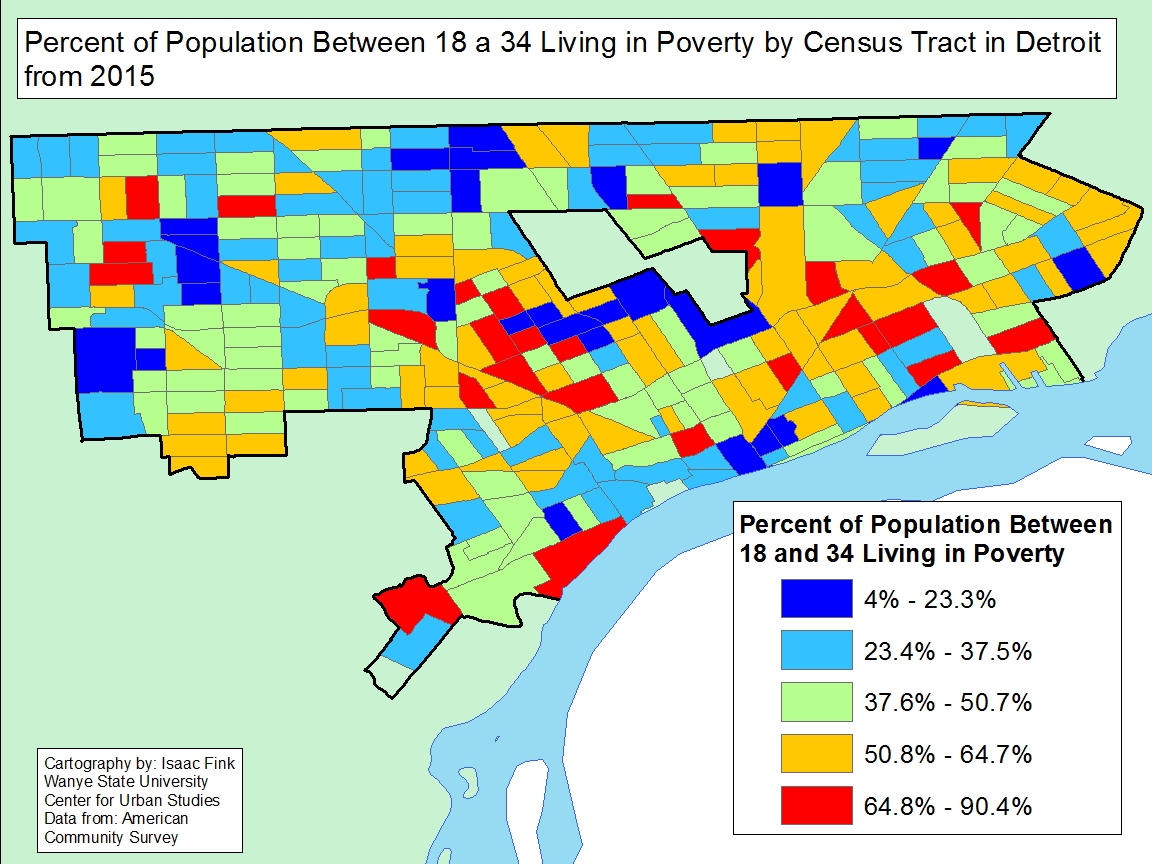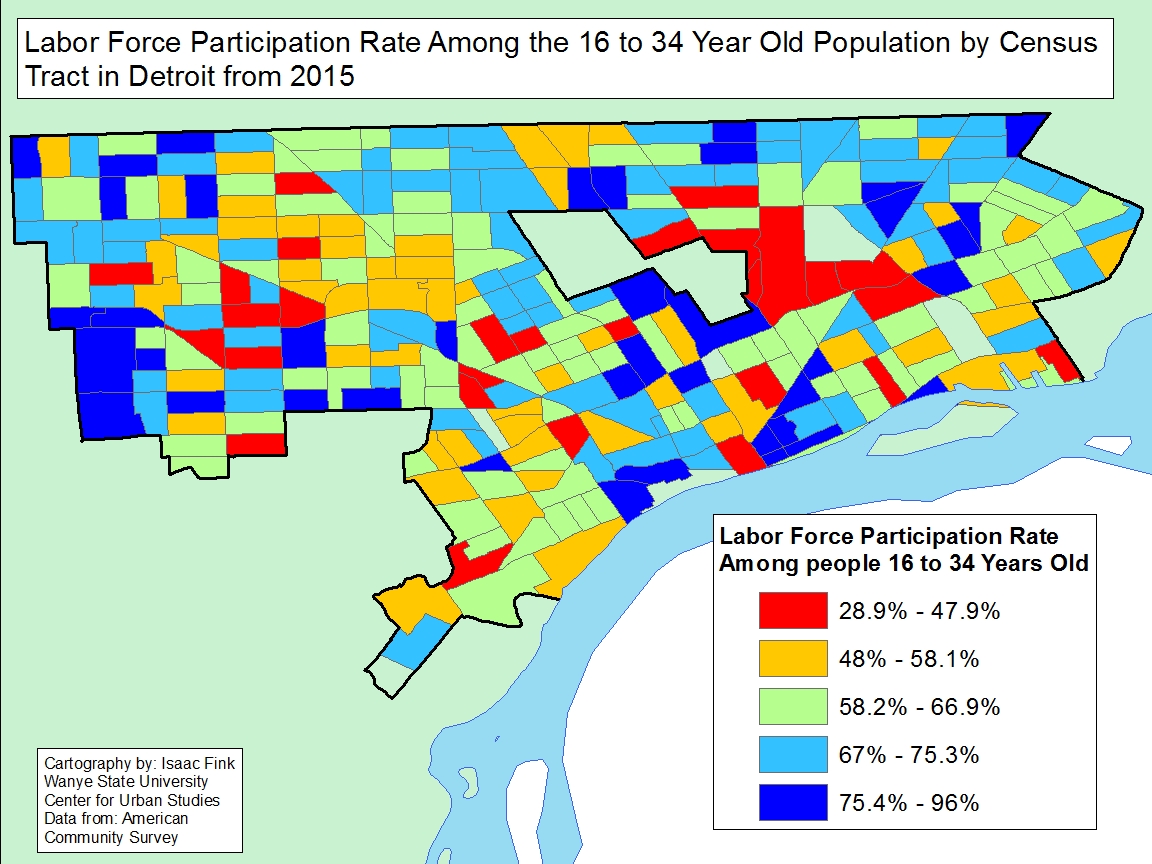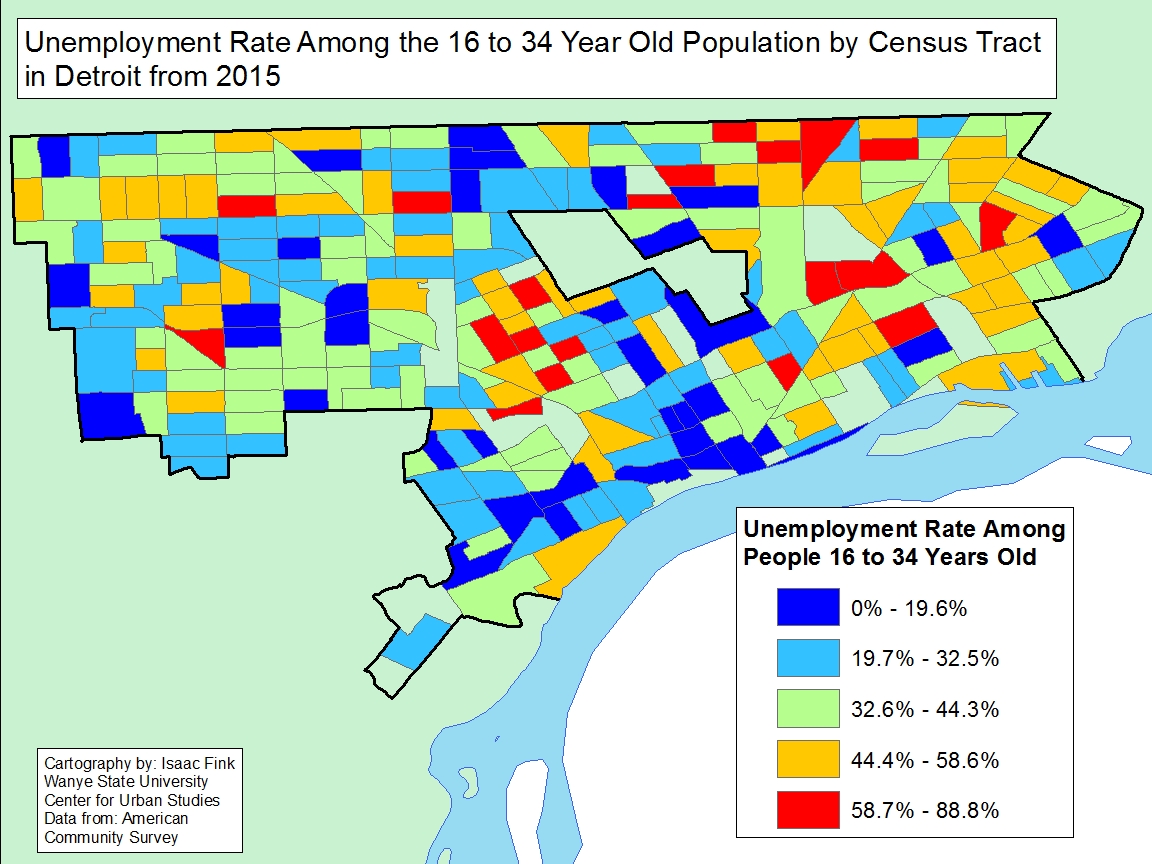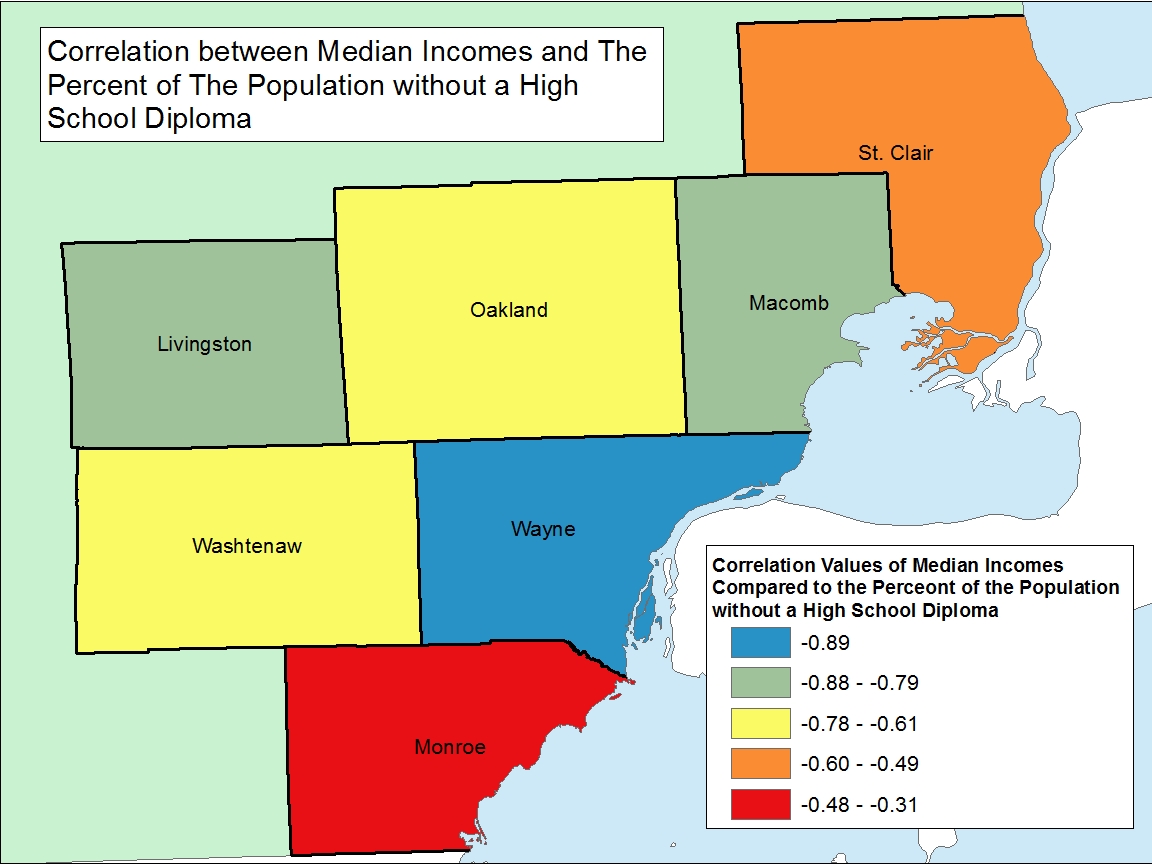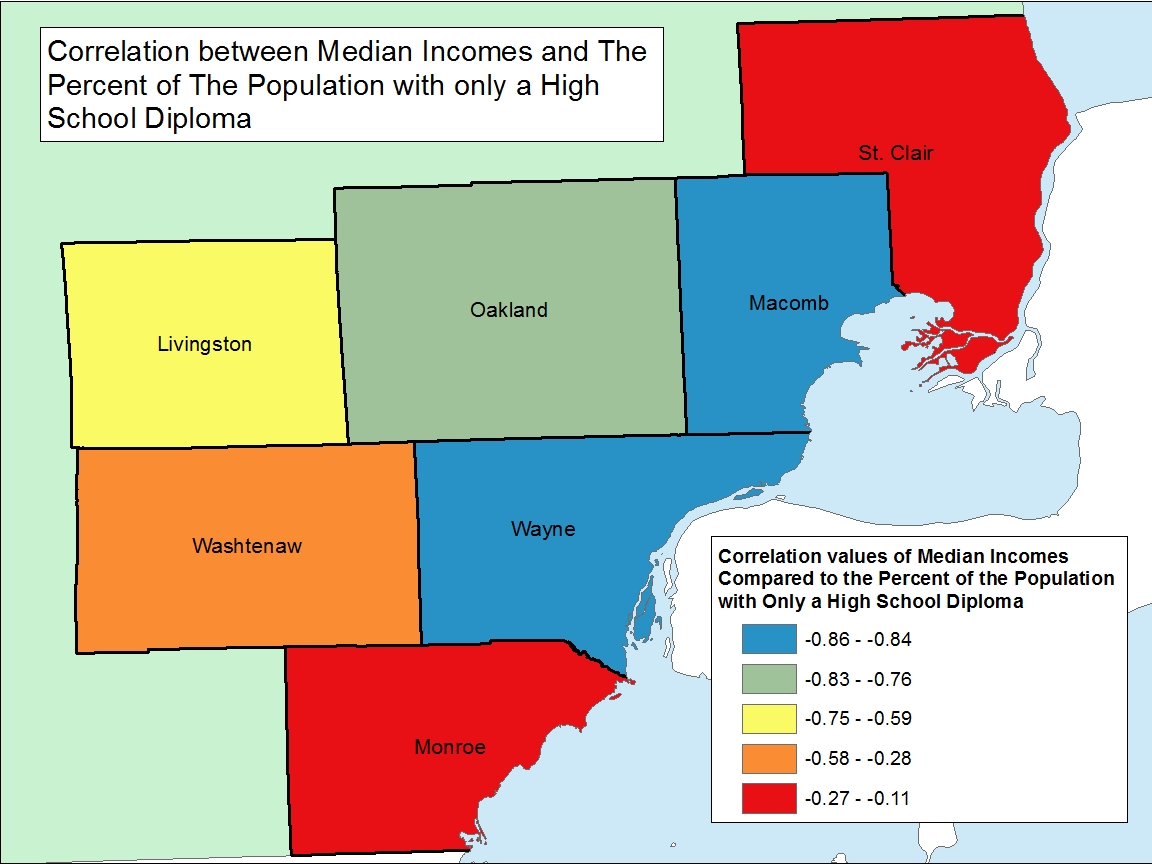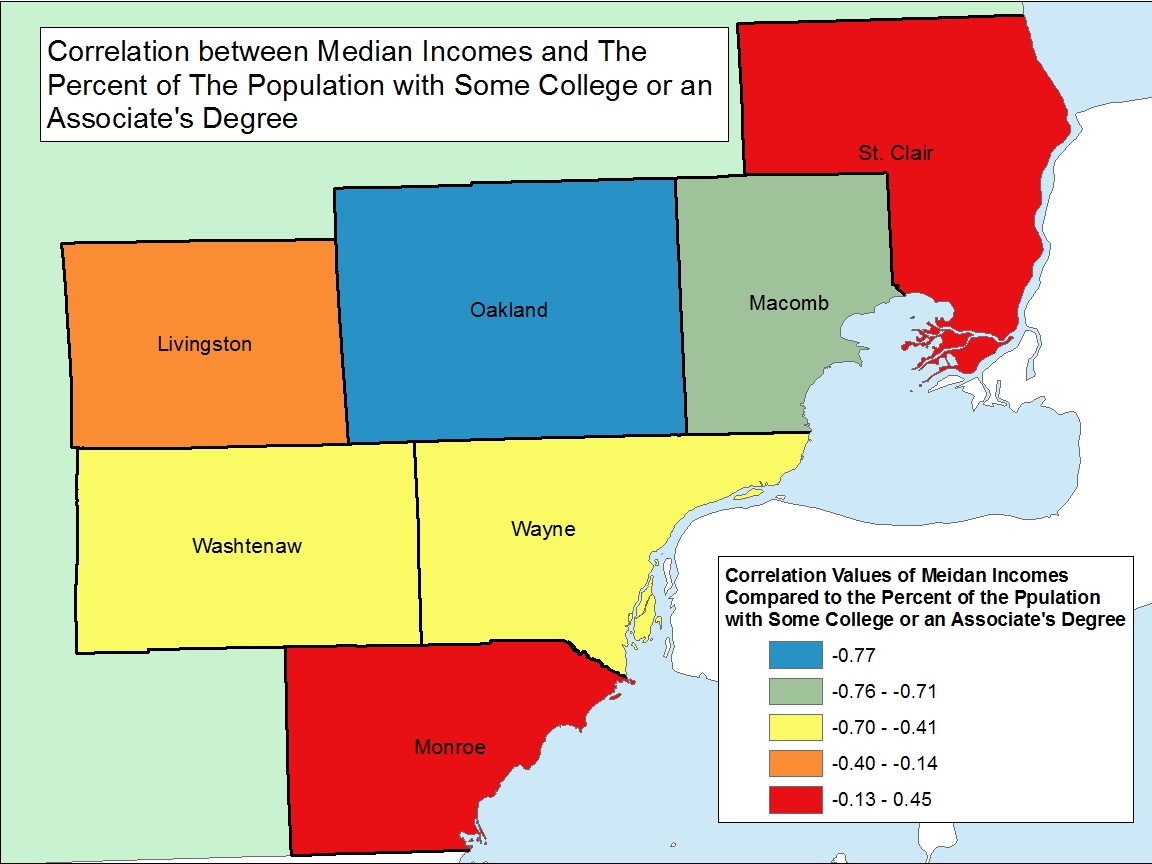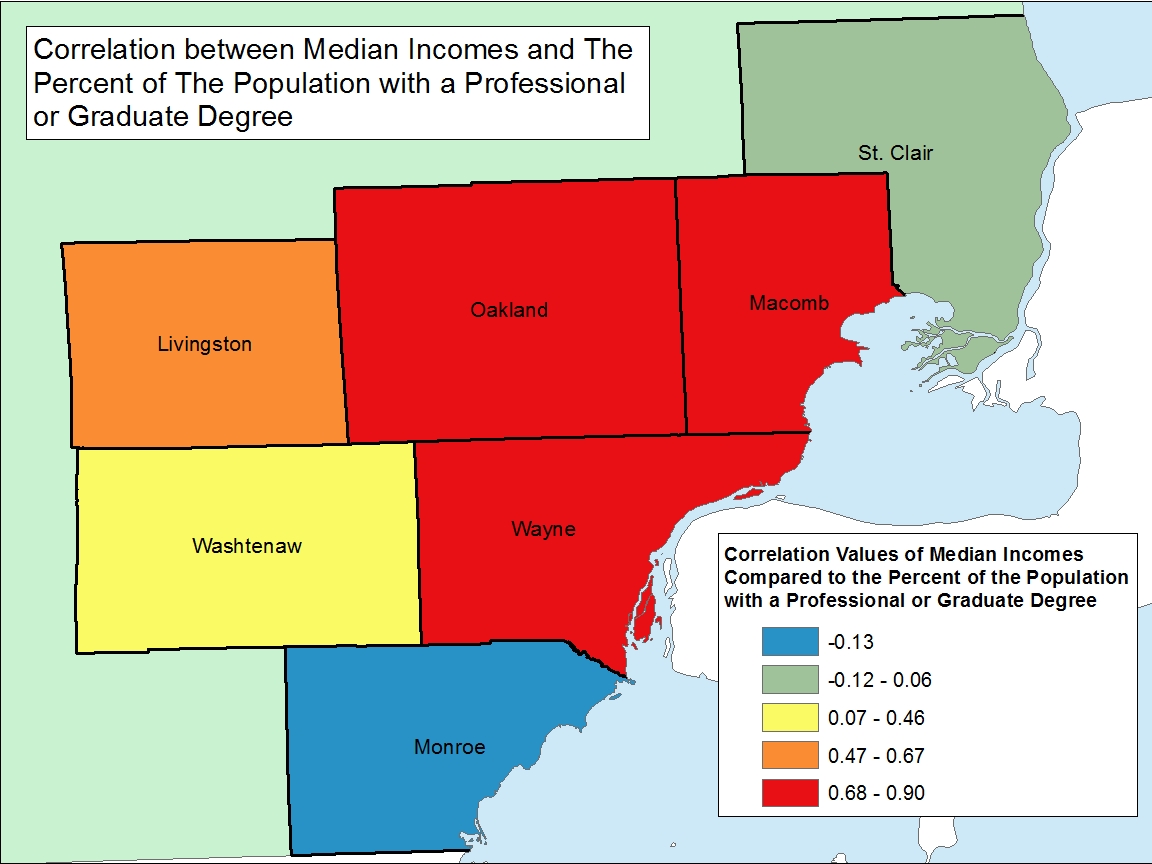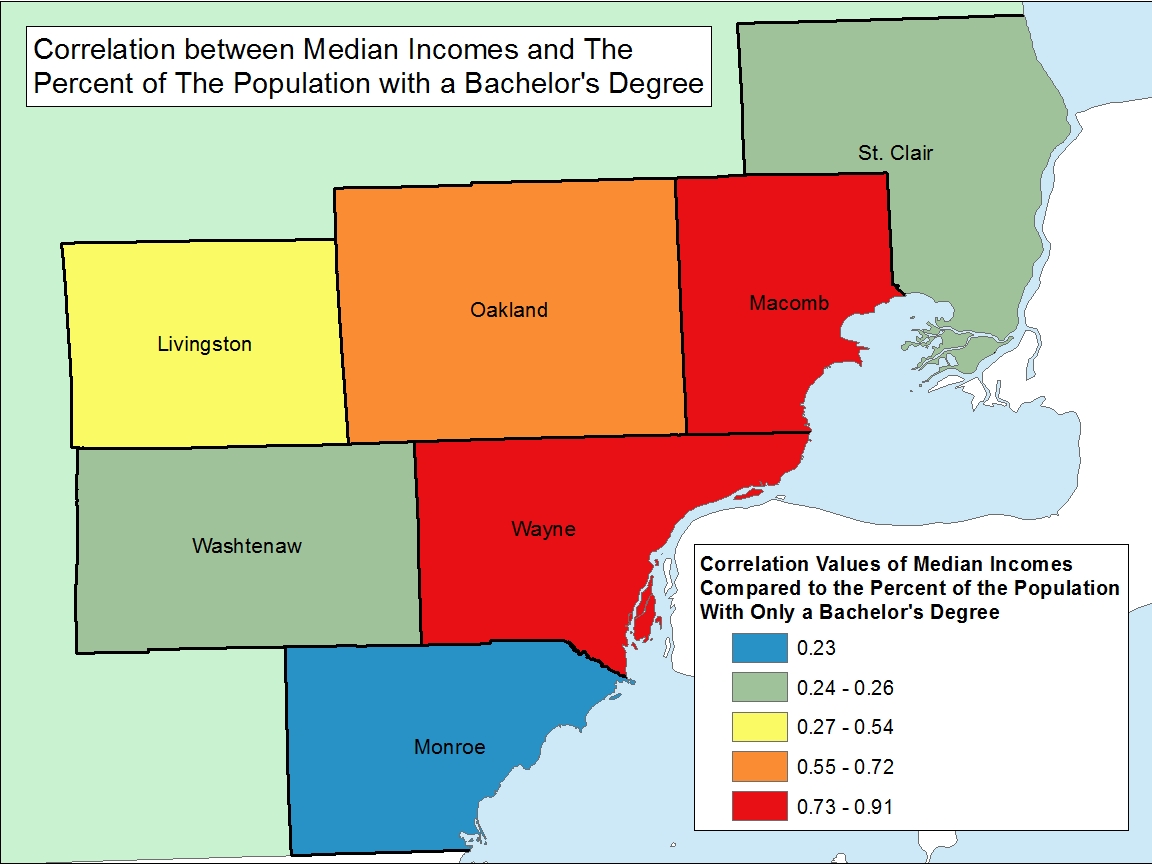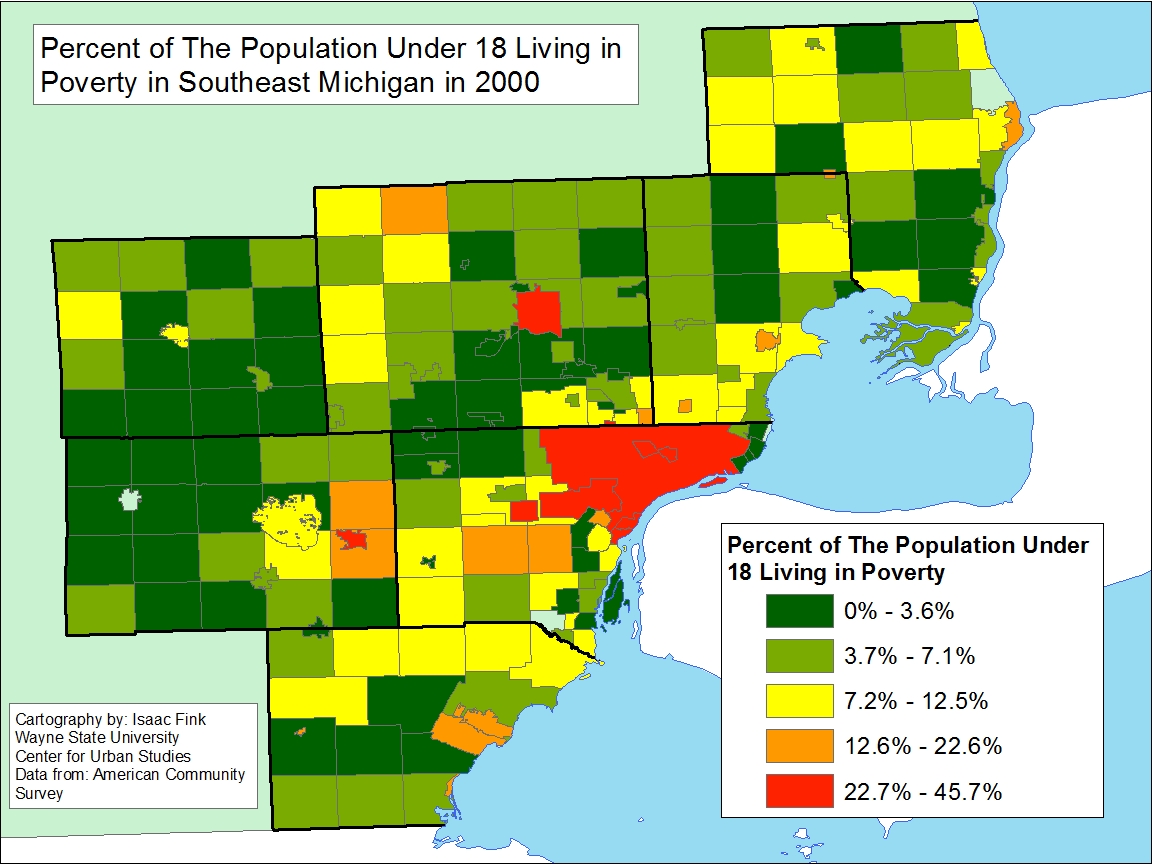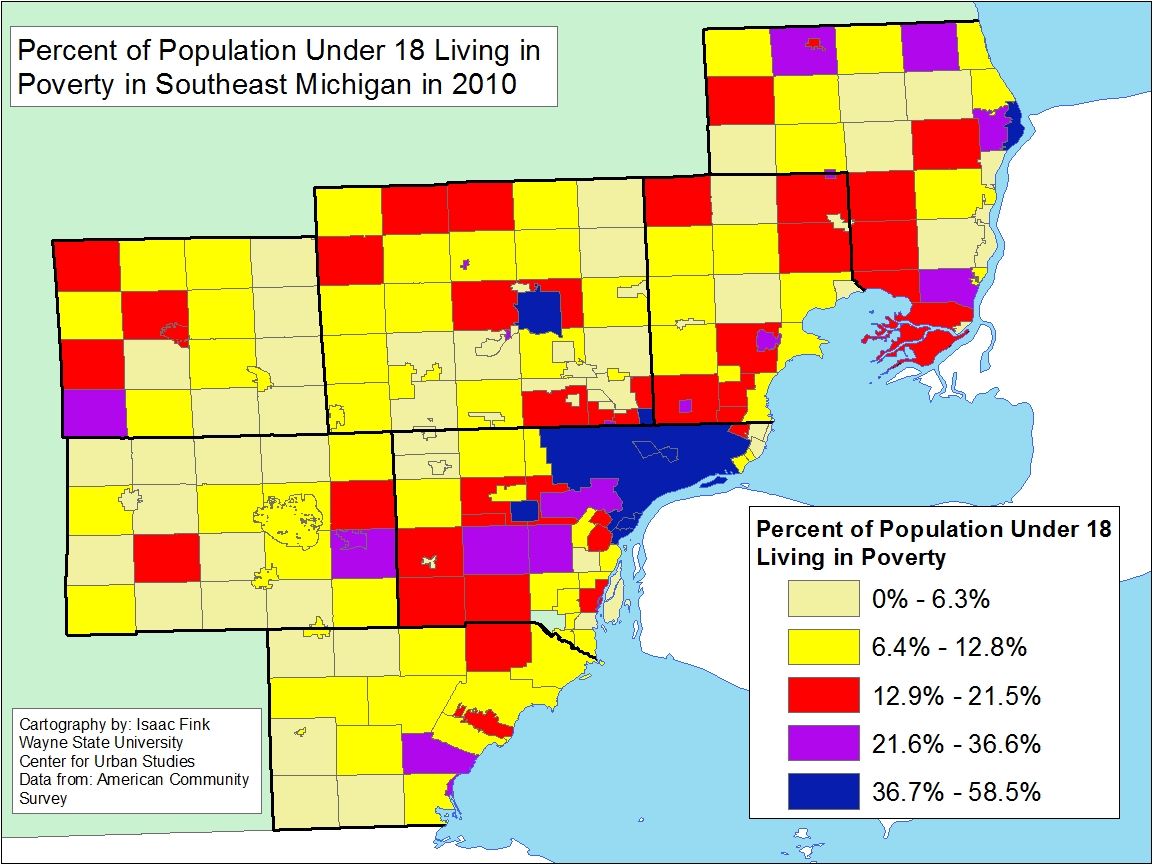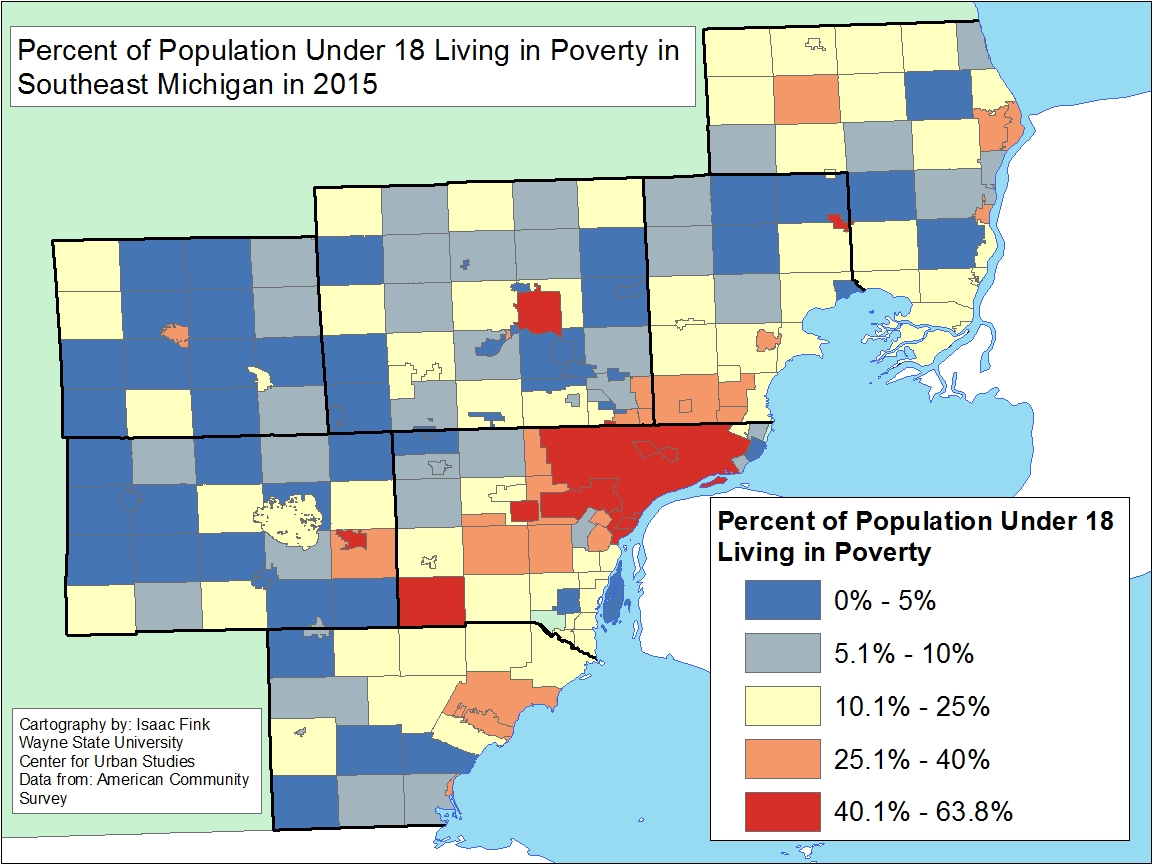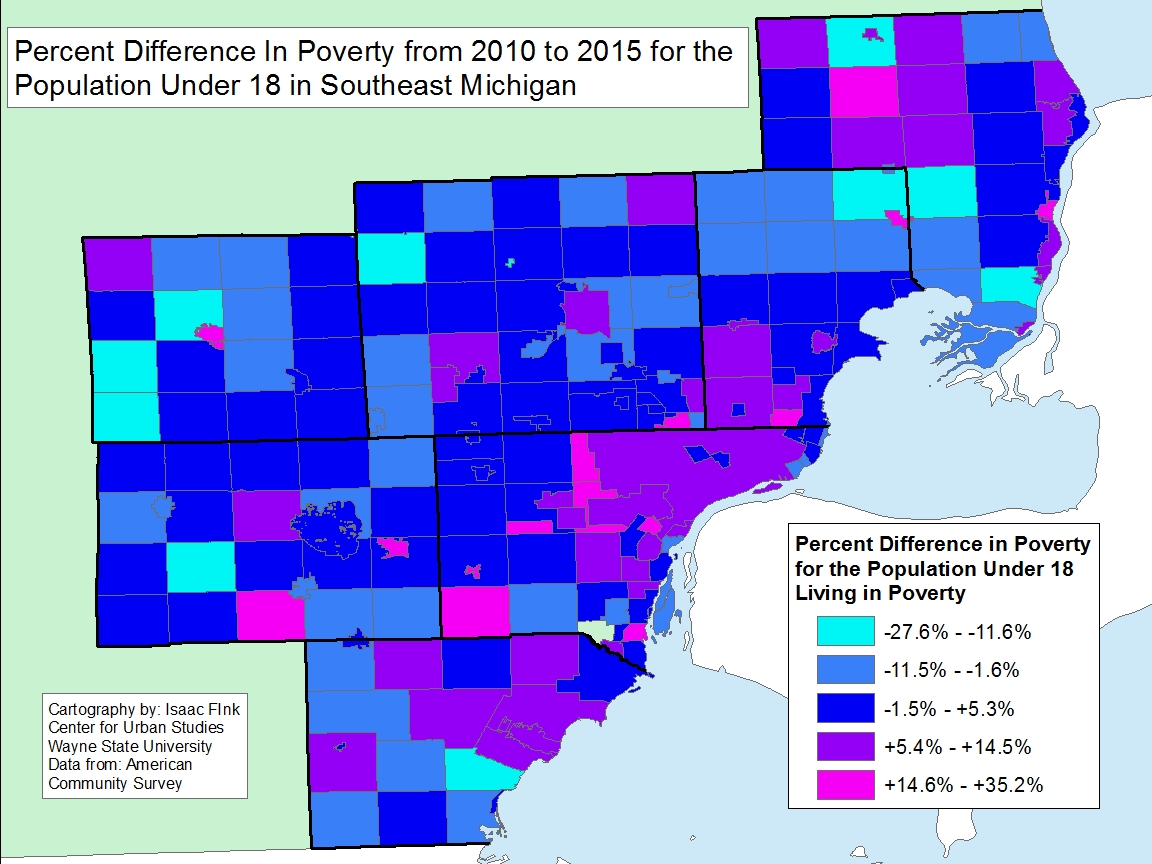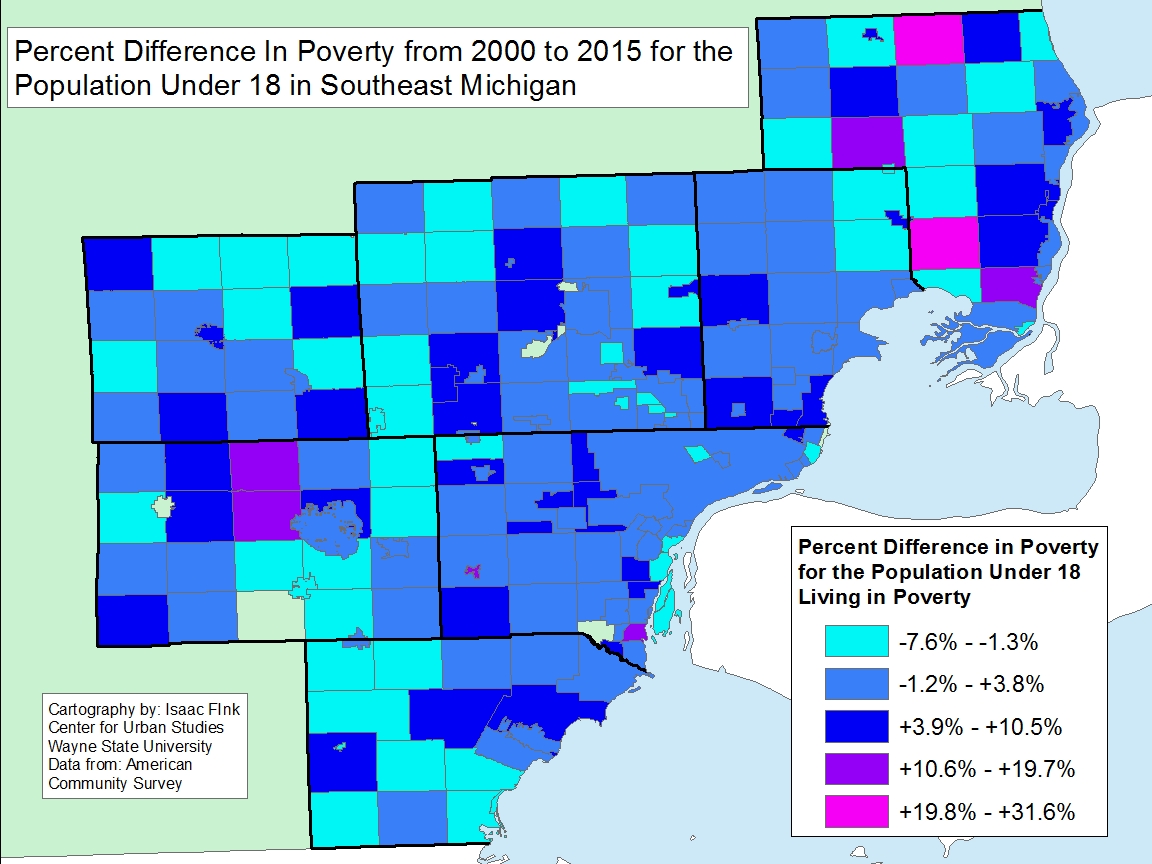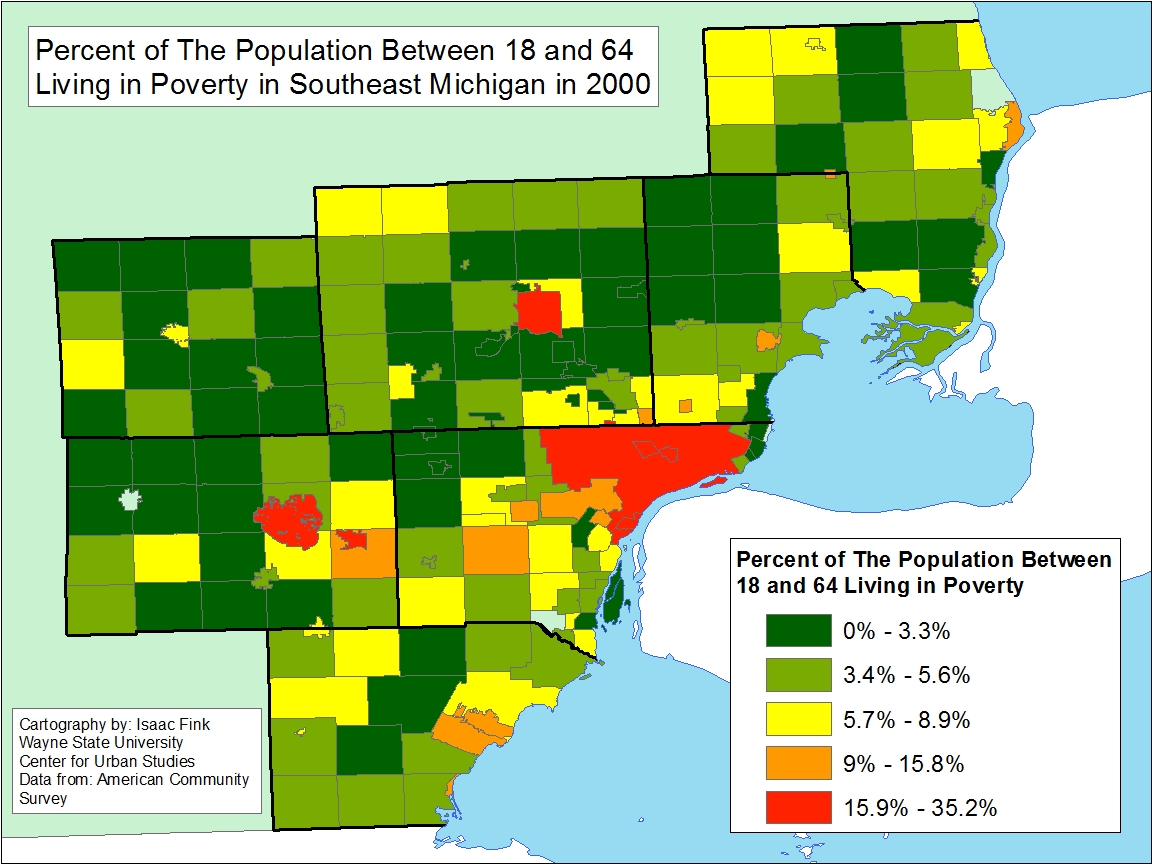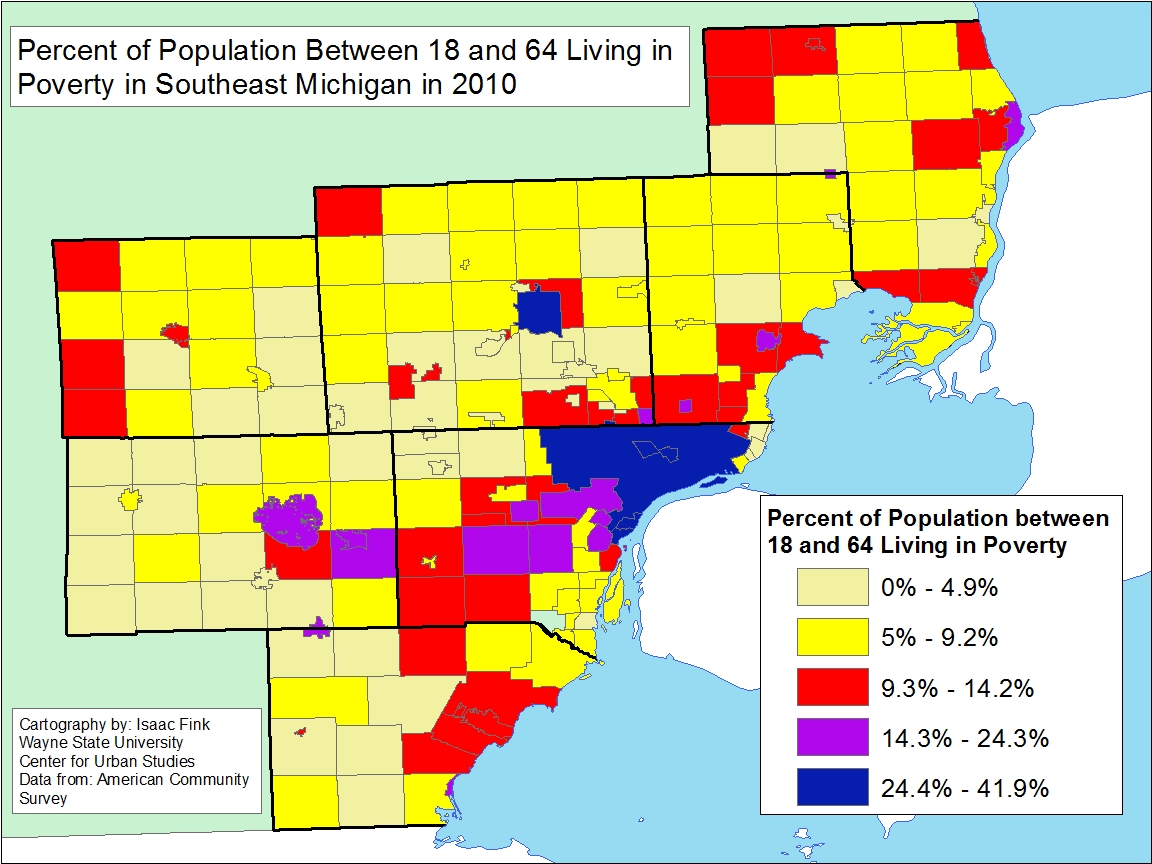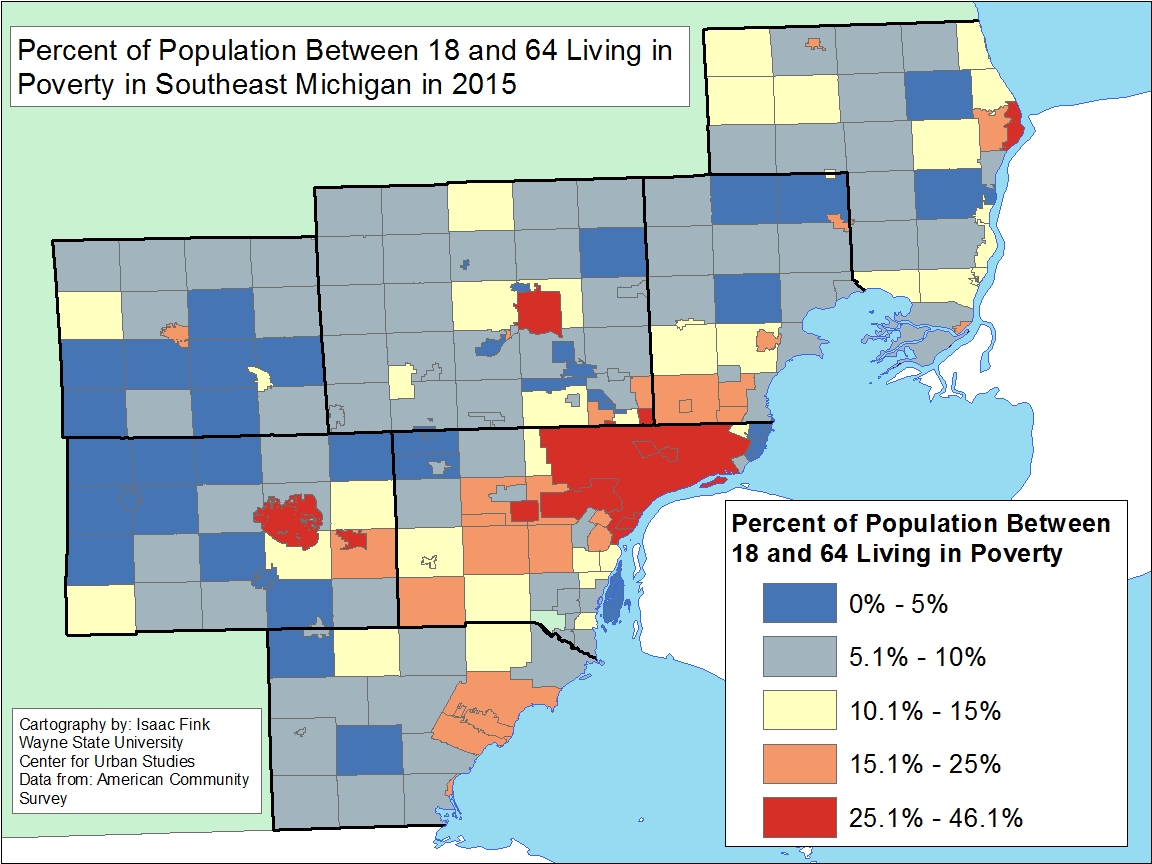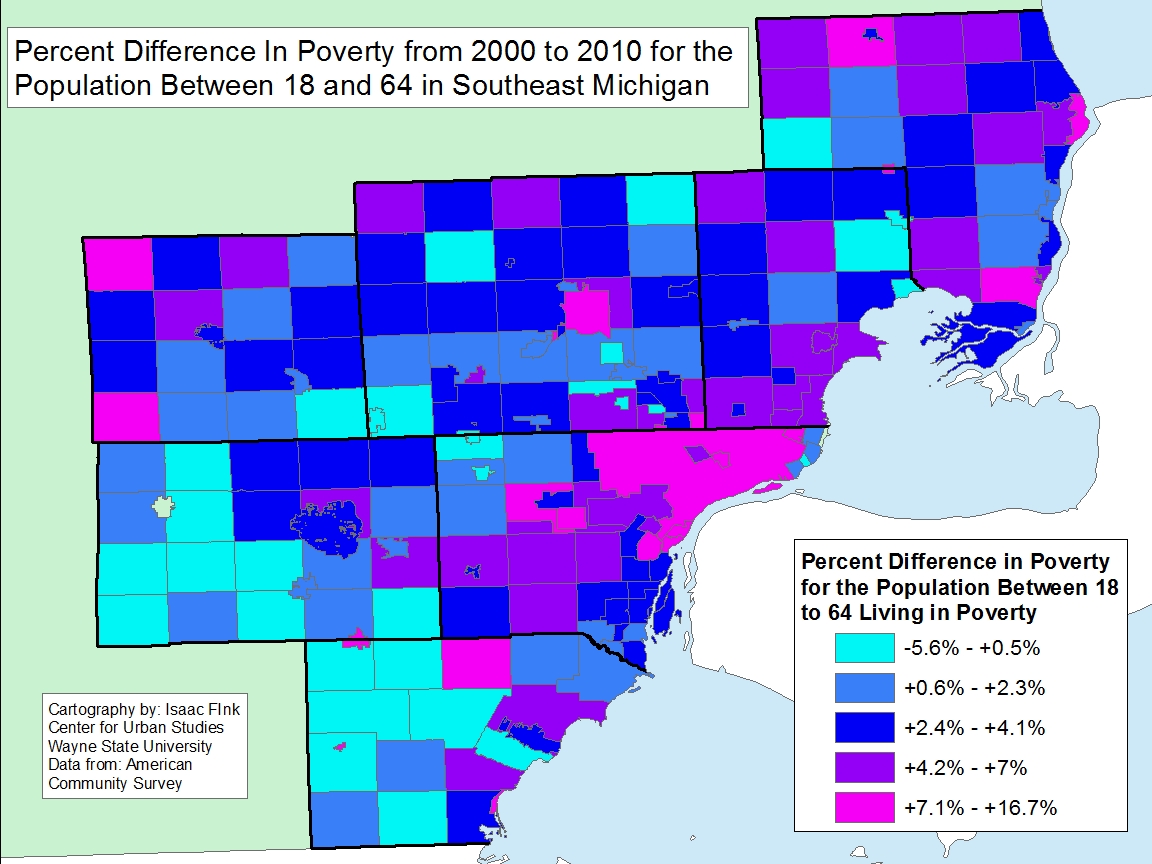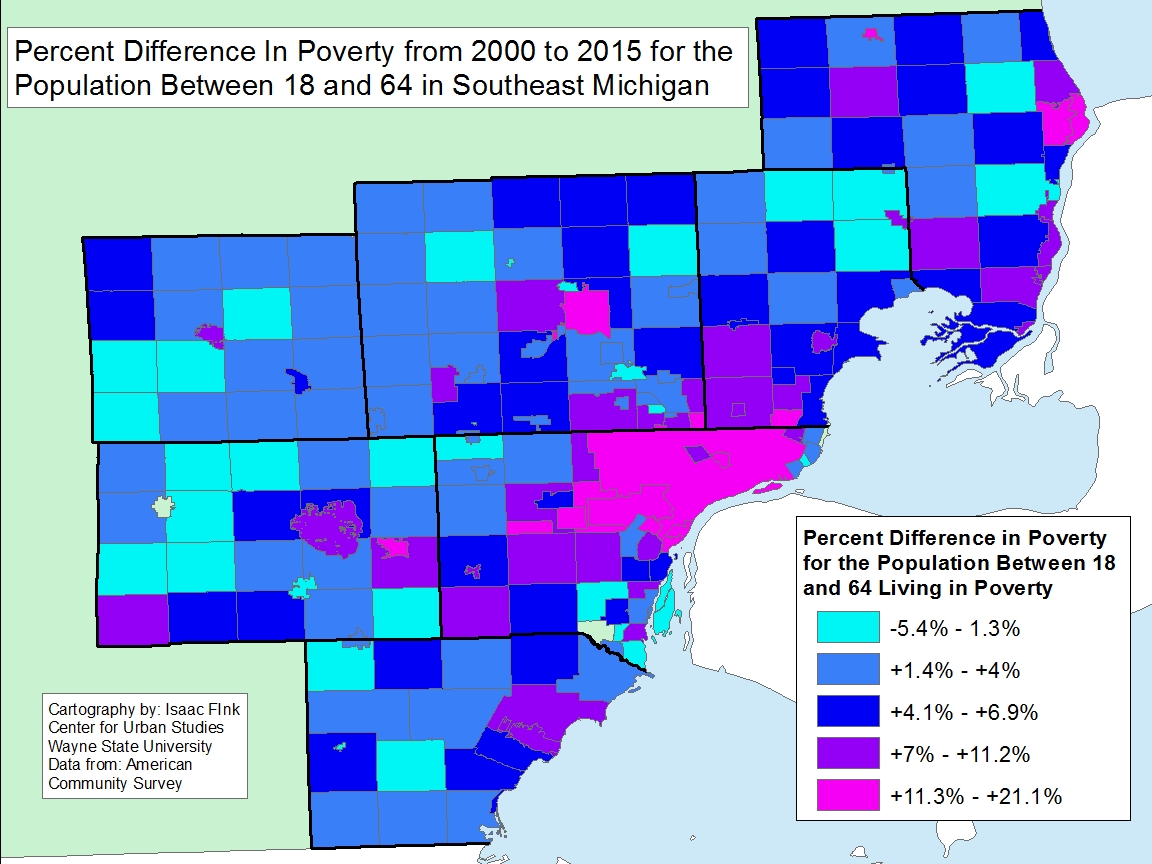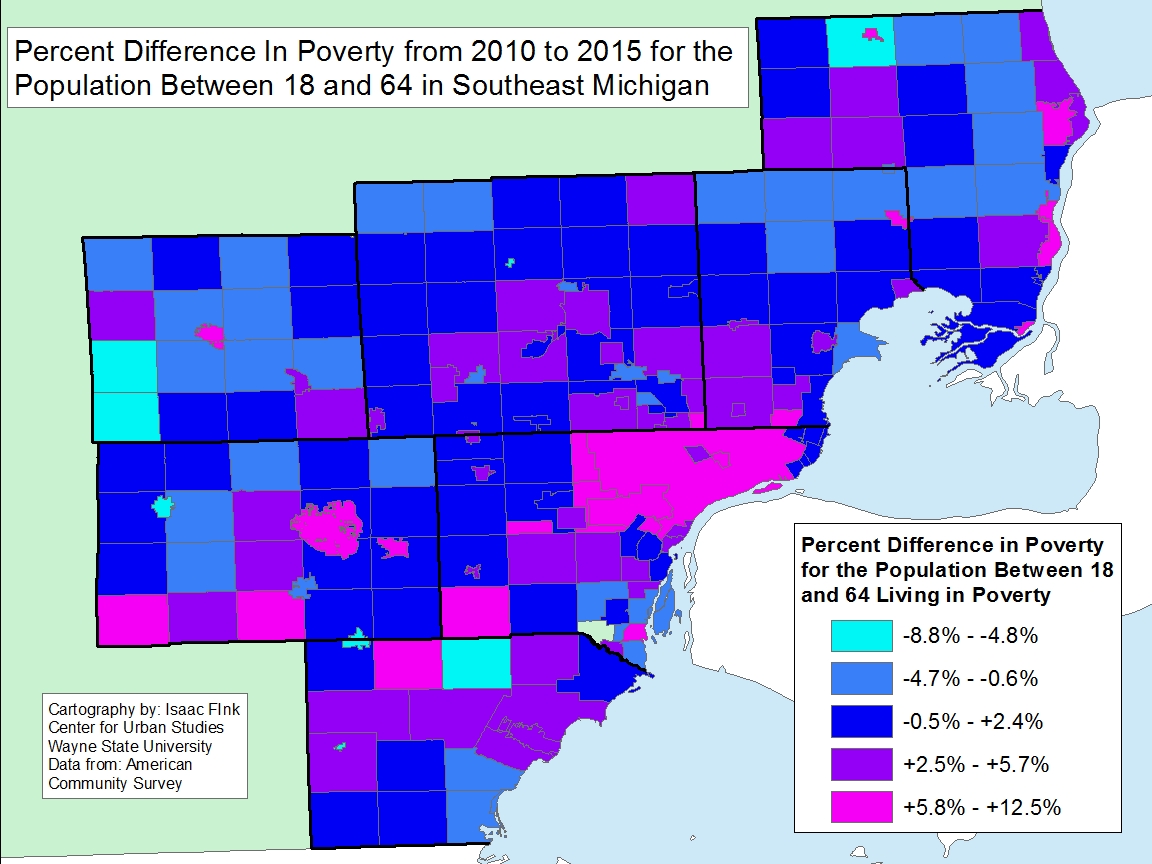Access to clean water and the ability to afford it is boiling over to a new proposal to help households with their water bills. Recently, Democratic lawmakers in the Michigan House of Representatives and the State Senate introduced bills that, if passed, would create a statewide affordability fund for low-income residents to access. The fund would be created by charging a $2 monthly fee to water customers across the state.
This proposal, discussed in detail below, is now drawing fire from Macomb County leaders and Republicans who say it will primarily benefit Detroiters.
According to a bill analysis by the Senate Fiscal Agency (SFA), the estimated amount collected in the proposed water affordability fund, assuming all 2.5 million retail water meters in Michigan were subject to the $2 per month funding factor fee would be $90 million. When the fund reaches $90 million, 3 percent of the monies, or $2.7 million, could be allocated for administrative costs associated with the program. The remainder of that assumed initial balance, $87.3 million, would be available for:
- Actual administrative costs of the water providers, which would be limited to 15 percent of the balance in the Fund which after 18 months could be estimated at $13.1 million;
- Payment or advancement to providers for income-based bill discounts; income-based bill caps, or income-based rates;
- Arrearage payments;
- Water loss mitigation programs.
Those eligible to benefit from this program would be customers who had a household income of up to 200 percent of the Federal Poverty Guidelines or who was eligible for certain assistance programs. Eligible customers for this program, which would be housed under the Michigan Department of Health and Human Services, would not pay more than 3 percent of their household income on a water bill.
This program has been lauded by some and opposed by others. In recent weeks, Detroit Mayor Mike Duggan, the Oakland County Board of Commissioners, Oakland County Executive David Coulter, Royal Oak, Harper Woods and Warren officials, Oakland County Water Resource Commissioner Jim Nash and Wayne County Deputy County Executive Assad I. Turfe have come out in support of the bills to create this fund. Area organizations, such as the United Way of Southeastern Michigan, Clean Water Action, the Sierra Club Michigan Chapter and American Waterworks Association, have also come out in support of the proposed bills. Supporters of these bills have discussed how water affordability is a human right, and these programs will allow that human right to continue for thousands of households.
Macomb County Public Works Commissioner Candice Miller is the most vocal official against the bills, stating it would only increase water bills for customers and that there already is access to water affordability programs. She says it will primarily benefit Detroiters. Seventeen Macomb County communities agree with Miller and have passed resolutions opposing the bills that could create the statewide water affordability programs. Those 17 communities are:
- Armada (Village)
- Bruce Township
- Center Line
- Chesterfield Township
- Clinton Township
- Fraser
- Harrison Township
- Memphis
- Mount Clemens
- Lenox Township
- Macomb Township
- New Haven
- Roseville
- Shelby Township
- St. Clair Shores
- Sterling Heights
- Washington Township
The Macomb County Board of Commissioners also voted to take a stance against the bills, and ultimately the proposed fund.
According to Miller, water affordability programs, such as the Water Residential Assistance Program (WRAP) administered by the Great Lakes Water Authority (GLWA) are not fully used as is. The counter argument to this is that programs such as WRAP offer short-term support for those in need of assistance and other programs, such as the Detroit Water and Sewerage Department’s Lifeline Plan, have a one-off funding mechanism (ARPA) funds, and more sustainable funding mechanisms are needed. Additionally, there is no statewide assistance program, rather there are various affordability programs depending on the water provider and the location of the ratepayer. There are worries though that the proposed state affordable water fund would primarily support Detroit residents, according to a January, 2024 C&G News article.
According to the proposed bills, eligible customers are households whose income does not exceed 200 percent of the Federal poverty guidelines or who meets any of the following requirements:
- Has received assistance from a State Emergency Relief Program within the past year.
- Receives food assistance under the Federal Supplemental Nutrition Assistance Program (SNAP) administered by State.
- Receives medical assistance administered under the Act. Receives assistance under the Michigan Energy Assistance Program.
- Receives assistance under the Special Supplemental Nutrition Program for Women, Infants, And Children (WIC). Receives supplemental security income
- Receives assistance under the Weatherization Assistance Program.
According to the Michigan Department of Health and Human Services, in 2020 more than 317,000 Michigan households were behind on their water bills and facing shutoffs. Furthermore, if looking at eligibility requirements as set out by the proposed bills, there were 309,101 families in Southeastern Michigan who were living at least 200 percent of the poverty level and 190,113 households with Supplemental Security Income (SSI), cash public assistance income, or Food Stamps/SNAP benefits in 2022, according to the US Census Bureau.
According to the Census data, Wayne County had the highest number of families living at least 200 percent below the poverty level at 133,492, followed by Macomb County at 44,218 and Oakland County at 41,037. Looking at the total number of families in Southeastern Michigan who live at least 200 percent below the poverty level, minus Wayne County, there are 124,568. In total, there are 258,060 families living 200 percent below the poverty line in Southeastern Michigan and 48 percent of those families live in either Livingston, Macomb, Monroe, Oakland, St. Clair or Washtenaw counties. Furthermore, with there being 309,101 total families in Michigan that live 200 percent below the poverty line, Wayne County families account for less than half that total.


When looking at the number of families who received Supplemental Security Income (SSI), cash public assistance income, or Food Stamps/SNAP benefits in 2022 it was Wayne County that had the highest number of households, by far, at 47,646. Macomb County had the second highest number of households at 18,792 and Oakland County had the third highest number of households at 16,100. In Michigan in 2022 there were 190,113 families who received some type of assistance and Southeastern Michigan families make up 50 percent of that number.
So, while those who oppose the proposed bills claim the funds from the statewide water bill support program would primarily be filtered to Detroiters, the data shown above tells a different story.
The numbers certainly show there are families who are likely in need of utility bill support and $24 a year per household could go a long way for many. However, annually that number can increase by up to 10 percent to a maximum of $3 per retail water meter per month, according to the Senate Fiscal Agency bill analysis. If these bills are to become law and the program is created there needs to be strong program support, ensuring those in need and eligible for the program are aware of the benefit and have assistance in applying for the benefits. The monies, if charged to ratepayers, need to be used to support those in need throughout the state and ensure access to clean and fresh water.
